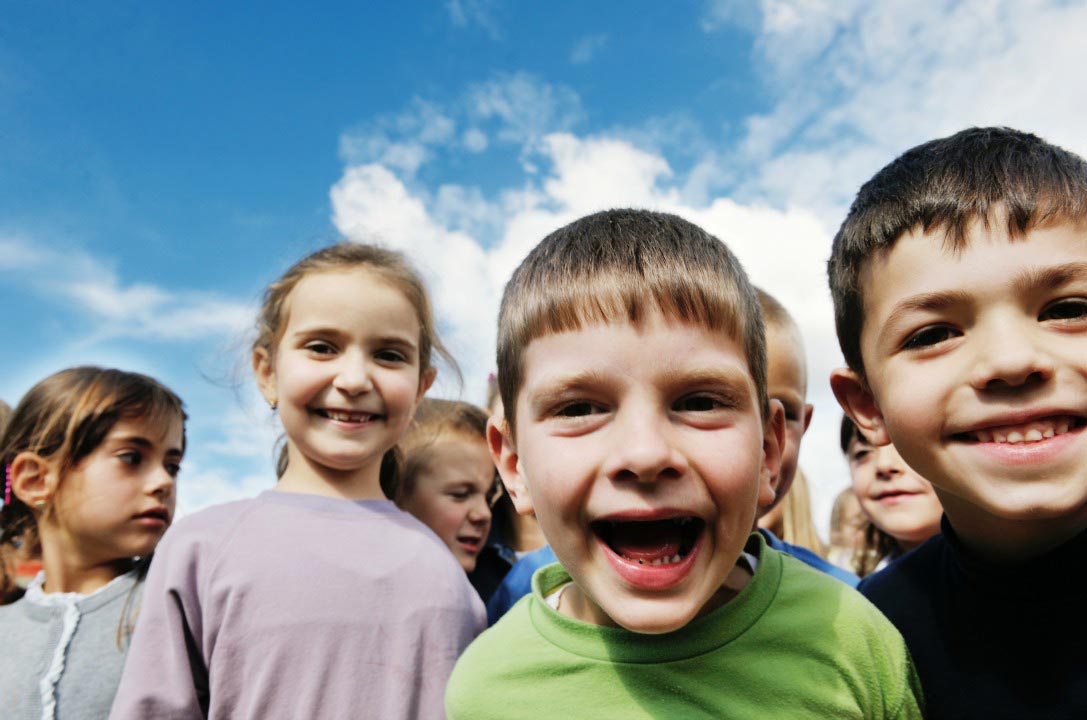
Through the use of puppets, children can gain a better understanding of emotions and the behaviors that correspond with them. Learning how to express themselves as individuals, deal with life situations, and apply problem solving skills to daily matters are a few of the social and emotional skills that puppets in preschool can help teach. By showing young learners how to conduct themselves in a proper manner with the help of puppets, we are able to teach through pretend play, observation, and experience during the early childhood years.
Teaching Social Skills Using Puppets
Understanding how one’s personal feelings and actions can impact the people around them is an important lesson that can be taught with puppets. Since children do not always recognize different emotions, it can be difficult for them to know how to express themselves in an appropriate manner. With the use of puppets that can exhibit similar feelings, preschoolers can learn through observation and interaction about what behaviors are acceptable. Being able to see representations of abstract concepts, such as sympathy or compassion, supports the development of the minds of toddlers and introduces new ways to present their feelings and emotions.
Puppets also help preschoolers understand how to work well with others whether in pairs or groups. By offering examples of proper peer interactions, children are able to strengthen and develop their social skills. Working together with puppets and introducing ideas concerning team participation and conflict resolution creates lessons about different types of problem solving strategies. Identifying the issue or area of concern, brainstorming solutions, and then agreeing to put in motion are all ideas that young learners can begin to comprehend by watching, connecting to, and interacting with puppets.
To prepare for the use of puppets in the classroom, consider the audience: preschoolers. Early childhood aged children can be captivated with a variety of different puppet styles, including people, animals, monsters, and make-believe beings. Children will be engaged and react to a puppet of any kind with a friendly appearance. Choose diverse puppets with different facial expressions, hand movements, and personality traits. This gives the opportunity for children to identify with a particular puppet or a puppet “like them,” and in turn, helps them to learn.
Begin by introducing puppets to preschoolers during circle time. Have a script in place that involves any type of social interaction; whether it’s a situation that has been encountered recently in class like taking turns, or a general emotion that everybody experiences at some time or another, such as embarrassment. With the assistance of the puppets, act out the scenario using a range of voices and vocabulary that children can understand. Providing each puppet with an array of capabilities and actions shows young learners acceptance of others regardless of ability, background, or culture.
By providing positive social models in the preschool classroom, puppets have been known to help change how children conduct themselves. Introducing different ways to express feelings, preschoolers begin to learn what actions are acceptable behaviors. In addition, young learners continue to discover a variety of methods to solve problems and create positive social interactions with peers, teachers, and family.